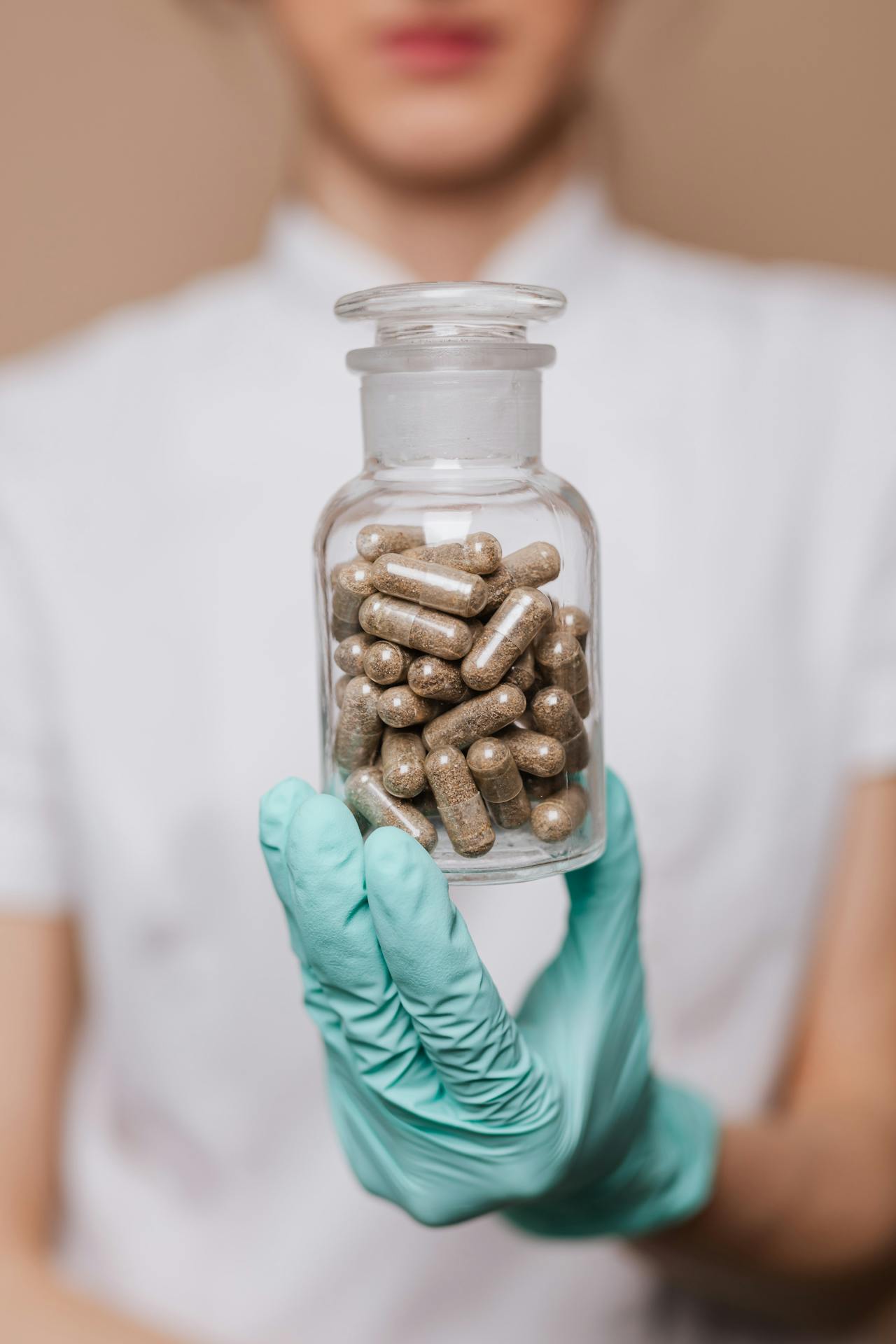India’s pharmaceutical industry, often dubbed the “pharmacy of the world,” has long been a cornerstone of global generic medicine supply. However, the sector faces ongoing challenges related to intellectual property (IP) laws, which significantly impact its operations and global standing.
A landmark case highlighting these challenges is Novartis v. Union of India & Others. In this case, the Supreme Court of India upheld the rejection of Novartis’s patent application for the cancer drug Gleevec, emphasizing that minor modifications to existing drugs without significant therapeutic efficacy do not qualify for patent protection under Indian law. This decision underscored India’s commitment to preventing ‘evergreening’—a practice where pharmaceutical companies make minor changes to extend patent lifespans—thereby ensuring the availability of affordable generic medicines.
The Indian Pharmaceutical Alliance (IPA), established in 1999 by industry leaders including Cipla, Dr. Reddy’s, and Wockhardt, has been instrumental in advocating for the interests of domestic pharmaceutical companies. The IPA has played a pivotal role in opposing stringent IP regulations imposed by international agreements like TRIPS, arguing that such measures could hinder access to essential medicines in developing countries.
Despite these efforts, the global push for stronger IP protections continues to pressure India’s pharmaceutical policies. Developed nations and multinational corporations often argue that stringent IP laws are necessary to incentivize innovation and recoup research and development investments. Conversely, India advocates for a balanced approach that considers public health imperatives and the socio-economic realities of developing nations.
The valuation of IP assets presents another layer of complexity. Intellectual property valuation is crucial for transactions, licensing, and strategic decision-making within the pharmaceutical industry. However, accurately assessing the value of IP assets involves navigating various methodologies and understanding the unique characteristics of intangible assets, which can be challenging for many Indian pharmaceutical companies.
In conclusion, while India’s pharmaceutical industry continues to thrive as a global leader in generic medicine production, it must adeptly navigate the evolving landscape of intellectual property laws. Striking a balance between protecting IP rights and ensuring access to affordable medicines remains a delicate and ongoing challenge, requiring continuous dialogue and negotiation on both domestic and international fronts.


